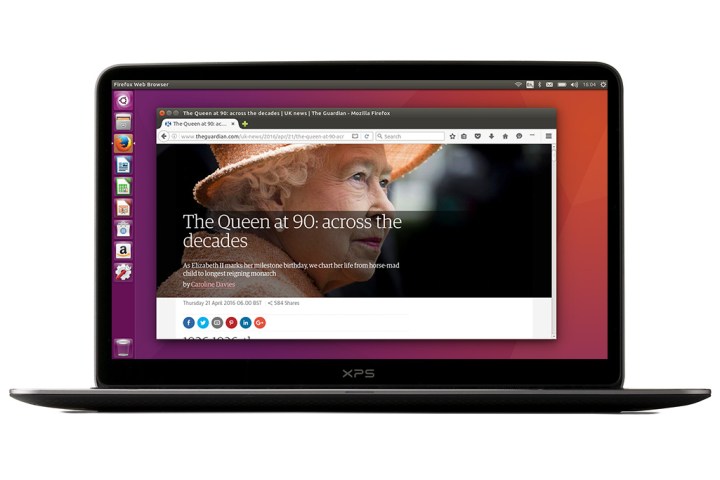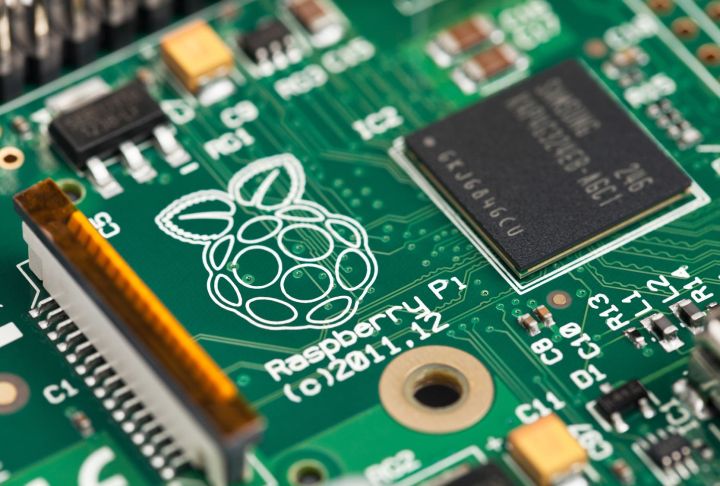
What is Linux? It could be your next OS of choice.
A quick Linux history lesson
In 1991, when Terminator 2: Judgement Day was a massive hit in theaters, and Intel’s first 32-bit processor, the 80386, had become a widely-used chip in PCs, the Windows OS was still an infant. Unix was the most-used operating system at the time, both commercially and in academic institutions.
For the individuals, however, Unix was just too expensive to use. A free variant of Unix called MINIX was available, but it didn’t take full advantage of Intel’s 32-bit chip. Also, it couldn’t be modified or redistributed, even though the source code was freely available. These factors led a student at the University of Helsinki to create a platform of his own.
Enter the birth of Linux. A computer science student by the name of Linus Torvalds wrote the first signs of Linux specifically for his Intel 386-based machine running MINIX. He didn’t create a complete operating system, but instead what’s known as a kernel, which didn’t depend on the parent MINIX operating system.
This kernel is no popcorn
What’s a kernel? If an operating system were a planet, the kernel would be its core. It’s the underlying code that manages everything on your PC – the processor, memory, storage, your peripherals, and so on. When you hear talk about how Windows 10 is provided across all types of devices, it means Microsoft uses the same kernel or core. It’s the fundamental layer of an operating system.
The next layer above the kernel, then, is called the shell, or the interface for entering commands to the kernel. With Windows, what you see day-to-day is the attractive graphical interface layer (GUI) on the planet’s surface. Underneath that is a layer for rendering the GUI or desktop, a layer that manages background services, such as the printer, wireless connectivity, notifications, etc.
What Linus Torvalds created was only a core, which he eventually named Linux, and uploaded to an FTP server. First published under his license, Linus then decided to pair it with a shell called Bash, itself created under a free software license called the GNU General Public License (GPL). Eventually, the Linux kernel was provided by itself under the GNU GPL, and developers flocked to create open-source layers for it, and in turn, provide a complete, ready-to-use operating system.
Believe it or not, Linux is everywhere
Because the Linux kernel falls under the GNU GPL, it sees extensive usage outside the PC arena. You can catch it running automobiles, kitchen appliances, streaming devices, household devices, Internet of Things (IoT) devices, and much more. Most of the internet depends on Linux through the Apache HTTP Server platform installed on internet servers, whose foundation is based on the Linux kernel.
That said, Apache and the other examples mentioned are distribution or distros of Linux. A distro is a unified group of components with the Linux kernel at the center. However, these releases aren’t all the same despite sharing the Linux core. Microsoft does something similar with Windows 10, although the company keeps the kernel behind locked doors. Microsoft mainly sells different distributions, depending on the hardware: Windows 10 Pro/Home, Windows 10 Mobile, Xbox One, Windows 10 Enterprise, Windows 10 S, and so on.
It’s a tasty Linux buffet
Since the Linux kernel is free to use, you can get different “flavors” of Linux-based platforms. That’s the beauty of Linux. The platform consists of multiple components developed by the Linux community, so not all Linux-based operating systems are alike, despite using the same kernel.
For example, there are more than ten different graphical interfaces created for the Linux platform. Examples include popular solutions like Unity, GNOME, KDE Plasma, Pantheon, and Fluxbox. But many distros also include proprietary components, so while they’re free to use, you can’t distribute or edit the programs. Right now, there are more than 75 different distros available, but only a dozen are endorsed by the Free Software Foundation as 100 percent free software.
Here’s a list of the more popular Linux-based distros you can use right now:
Out of the platforms listed above, Ubuntu is likely the most commercially-used Linux distribution. You can get it as an alternative to Windows 10 on desktops and laptops supplied by OEMs, including solutions manufactured by Dell, Lenovo, HP, and Acer. System76 is a company dedicated to manufacturing laptops, desktops, and servers that rely on the Ubuntu distribution.
There are Linux-based operating systems provided on devices you use every day but aren’t readily available to download and install. Android and Chrome OS are prime examples.

Mostly provided on smartphones and tablets, the
Meanwhile, there are also Linux-based distributions explicitly created for the server market. These include Red Hat Enterprise Linux for data centers, SUSE Enterprise Linux Server, and the non-desktop version of CentOS.
There’s love for gamers, too
Almost a decade ago, game developer Valve Software, the company behind the widely-popular Steam distribution platform, set out to create an operating system because CEO Gabe Newell didn’t like the way Microsoft controlled the Windows-based gaming ecosystem. He wanted the gaming market to remain as an open platform, so Valve introduced the Linux-based SteamOS operating system in September 2013.
Unfortunately, Valve’s Steam Machine initiative didn’t gain any traction. Yet despite the Steam Machine disappointment, Valve remains dedicated to improving, supporting, and providing SteamOS as a Windows alternative for PC gamers.
Raspberry-flavored Linux in your Pi
Even the Raspberry Pi computer board has its operating system based on the Linux kernel. If you’re not familiar with Raspberry Pi, it’s a single, credit card-sized board packing everything you need to create a small computer. There is an infinite number of use cases for the little $35 PC, ranging from an educational Minecraft-themed laptop to a monitoring system for tracking pesky squirrels.

Powering the Raspberry Pi is a spinoff of Debian called Raspbian that’s been optimized for the device. There are other operating systems for the Raspberry Pi, too, such as Ubuntu Mate, RISC OS, and even the Windows 10 Internet of Things Core. However, it should be noted that Raspbian is the Raspberry Pi Foundation’s recommended OS.
Adding to that, the Raspberry Pi Foundation introduced Raspberry Pi Desktop in late 2016. This desktop is based on Debian and the Pixel graphical interface first introduced in the Raspberry Pi’s Raspbian operating system. It can be installed on any PC or Mac and includes educational, programming, and general applications such as Python and Sonic Pi right out of the box.
The pros and cons of Linux
As with any operating system, there are pluses and minuses when using a Linux distribution. The main benefit is that Linux-based distros are more secure because hackers generally target Windows-based PCs. They’re also typically not running excessive processes in the background, so the platform feels responsive, and programs experience better performance.
Then again, you won’t see the latest hardware immediately supported by Linux-based distributions, given that manufacturers mostly focus on Windows and MacOS platforms first. Plus, finding answers to your problems will take more investigative work than usual. So unless you purchase a device with a Linux distribution already installed, the only technical help you’ll receive will be through the Linux community.
On the software side, many popular programs simply aren’t available for Linux distributions. The same holds for gaming, though the Linux library is slowly growing thanks in part to Valve’s SteamOS platform. Adding to that, you’ll need patience when understanding how the Linux platform works, what tools and alternatives are available, and how to get more control over the PC by learning new commands.
Again, many distros for varying skill levels and needs. If you prefer an install-and-go situation, Ubuntu might be your best Windows alternative (or Elementary OS if you’re on MacOS). Unfortunately, picking the right Linux distribution for your skill level and needs may be more daunting than learning how to use your pick.
Linux is the quiet kid of the trio
Ultimately, Linux is the quiet kid in the room, while Windows and MacOS struggle to talk over each other. All three present their unique pros and cons, but the quiet kid has an army of solutions, whereas the two loudmouths offer proprietary experiences behind walled gardens.
Still, in recent years, Microsoft has become a bit friendlier with the quiet kid. The company made Ubuntu available on the Windows 10 store in 2017 and incorporated the Bash shell into Windows 10 a year before.
If you’re interested in ditching Windows or MacOS, you should consider the vast Linux-based options available to you. Determine your needs and your skill set before taking the plunge because, even if the operating system is easy to use, leaving familiar desktop territory is a complicated process. You’ll want to find a solution to make the transition less painful, so you’re up and running on a Linux distribution in no time.


